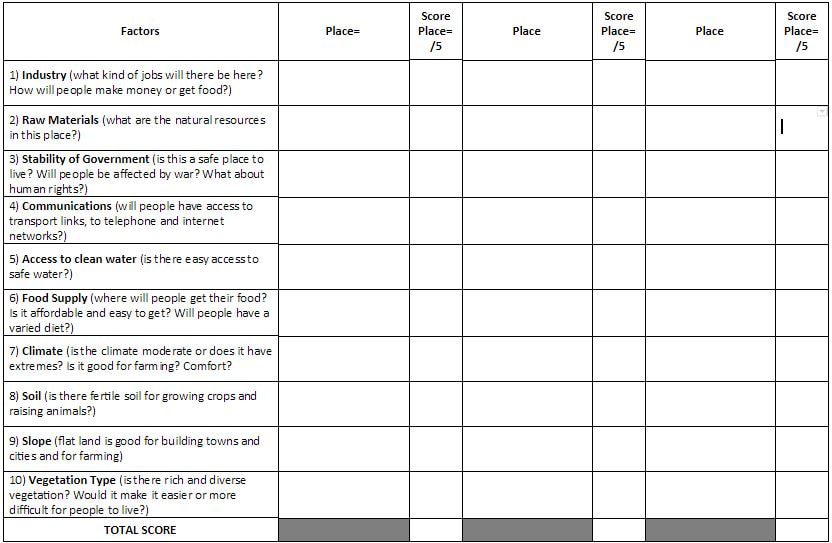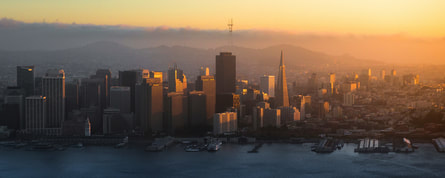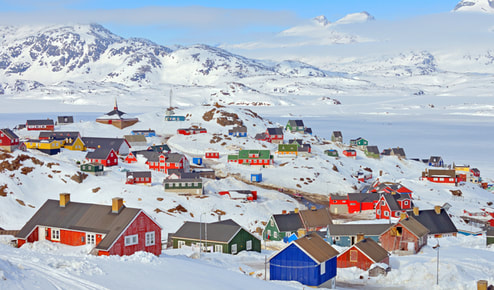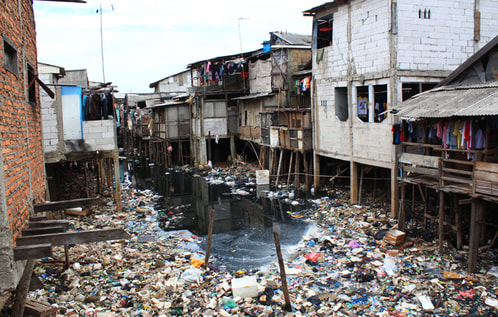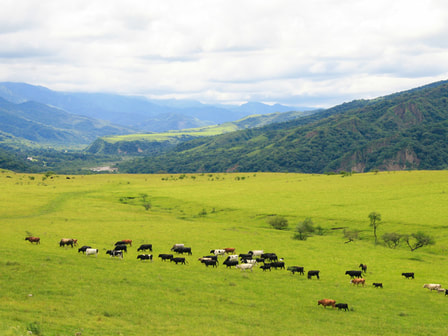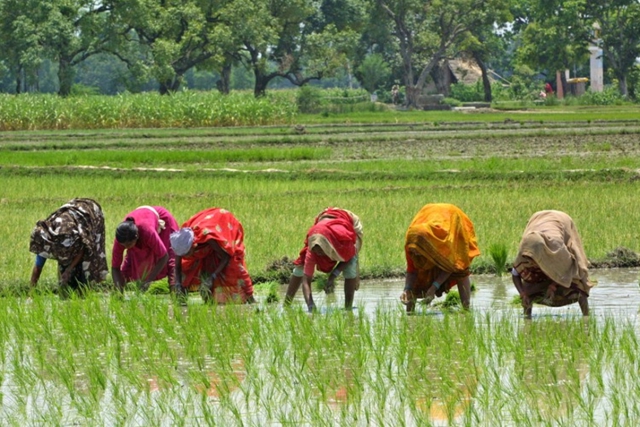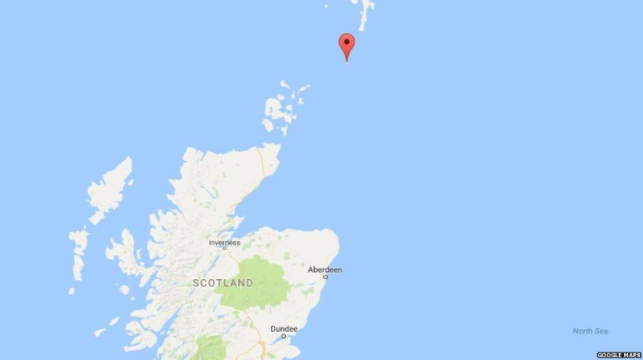Population Distribution
Population distribution is about how people are spread across the earth. When we study population distribution we examine why some places have populations which are more tightly packed than others.
Population density: this is how tightly packed people are in a certain area. It is measured as the number of people per square kilometer. In order to calculate it we divide the total number of people who live in a place by the land area in square kilometers. The most densely populated country in the world in Macau with 20848 people per square kilometer. Greenland has a population density of 0.03 people per square kilometer.
Population density: this is how tightly packed people are in a certain area. It is measured as the number of people per square kilometer. In order to calculate it we divide the total number of people who live in a place by the land area in square kilometers. The most densely populated country in the world in Macau with 20848 people per square kilometer. Greenland has a population density of 0.03 people per square kilometer.
VERY dense population in Hong Kong! Click on the image below to read more.
Who would live in a place like...?
Use your copy of the table below to record you thoughts on why people would or would not live in each of the places photographed below. Which will be high density and why? Which places will have a low population density and why?
Place A |
Place B |
Place C |
Place D |
Place E |
Place F |
What factors affect population distribution?
Physical factors
1. Relief and landforms
Lowland plains, flat river valleys and deltas and volcanic areas with fertile soil tend to have high population densities. Mountainous areas with steep slopes and poor quality soil tend to have low population densities.
2. Weather and climate
Temperate areas which experience few extremes of weather and climate tend to be more attracted than areas which experience extremes.
3. Soil type and quality
Areas which have rich, fertile soils allowing successful agriculture tend to have higher population densities than areas which have poor quality soils have sparse populations.
4. Water supply
Water supply is essential for human survival and development and because of this areas which have sufficient water (but not too much) tend to have denser populations.
5. Raw materials/natural resources
Areas with a wealth of natural resources such as oil, coal or minerals may have higher population densities than areas which do not.
7. Natural threats
These may affect population density as people may try to avoid areas where pests, threatening animals and diseases are particular risks.
Human factors
1) Agriculture
Areas with well developed farming of crops or animals are often densely populated.
2) Jobs
Areas with lots of jobs and opportunities for people to make money are usually densely populated.
3) Accessibility
Areas with well developed transport links through road, rail, shipping, canals and air are likely to be more densely populated than areas which are poorly connected
4) Political decisions
Government policy can have a significant impact upon population densities.
5) Conflict
Wars and conflicts can lead to significant movements of population and a simultaneous decrease in density in some areas while others may increase.
1. Relief and landforms
Lowland plains, flat river valleys and deltas and volcanic areas with fertile soil tend to have high population densities. Mountainous areas with steep slopes and poor quality soil tend to have low population densities.
2. Weather and climate
Temperate areas which experience few extremes of weather and climate tend to be more attracted than areas which experience extremes.
3. Soil type and quality
Areas which have rich, fertile soils allowing successful agriculture tend to have higher population densities than areas which have poor quality soils have sparse populations.
4. Water supply
Water supply is essential for human survival and development and because of this areas which have sufficient water (but not too much) tend to have denser populations.
5. Raw materials/natural resources
Areas with a wealth of natural resources such as oil, coal or minerals may have higher population densities than areas which do not.
7. Natural threats
These may affect population density as people may try to avoid areas where pests, threatening animals and diseases are particular risks.
Human factors
1) Agriculture
Areas with well developed farming of crops or animals are often densely populated.
2) Jobs
Areas with lots of jobs and opportunities for people to make money are usually densely populated.
3) Accessibility
Areas with well developed transport links through road, rail, shipping, canals and air are likely to be more densely populated than areas which are poorly connected
4) Political decisions
Government policy can have a significant impact upon population densities.
5) Conflict
Wars and conflicts can lead to significant movements of population and a simultaneous decrease in density in some areas while others may increase.
Sparse population on a remote Scottish Island - click on the image to read more about Fair Isle's campaign to attract more residents

